From the center of Quy Chau district, going about ten kilometers further, through winding slopes and cloudy mountainsides, Hoa Tien village appears peacefully with wooden stilt houses, the sound of babbling streams mixed with the endless green of fertile mulberry fields. Not noisy, not hurried, the people here are persistently attached to the profession of growing mulberry and raising silkworms.
 |
Cool green mulberry beds in Hoa Tien village. (Photo: VU LINH) |
On the land along the stream or on the high ground around the village, mulberry trees are planted in neat rows, providing cool shade. Every morning, when the dew is still on the leaves, the women quickly pick mulberries, collect them in bundles to feed the silkworms. The work requires diligence, steady hands, and punctuality to ensure the mulberry leaves remain fresh, retain their crispness, and are not wilted by the sun.
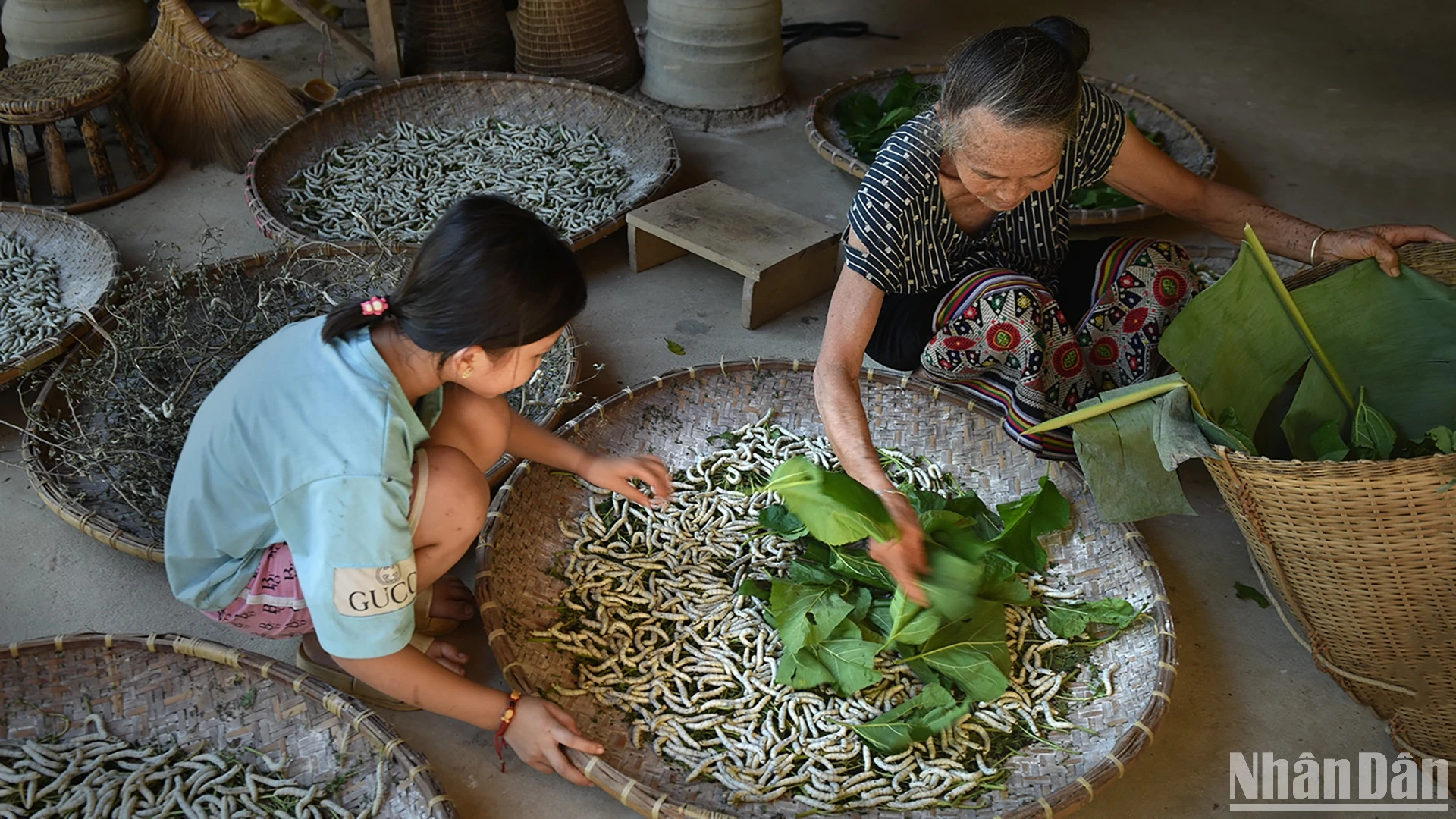 |
Feeding silkworms mulberry leaves. (Photo: VU LINH) |
The elders in the village said that growing mulberry and raising silkworms in Hoa Tien is not a new profession. Since ancient times, the Thai people have raised silkworms and weaved cloth to make scarves and clothes for daily life and ceremonies. Although there were times of interruption due to socio-economic fluctuations, the silkworm farming profession has never been completely forgotten. Some families still preserve silkworm trays and mulberry beds as if to preserve the memories of their ancestors, and from there, create momentum for the traditional profession to revive in the new context.
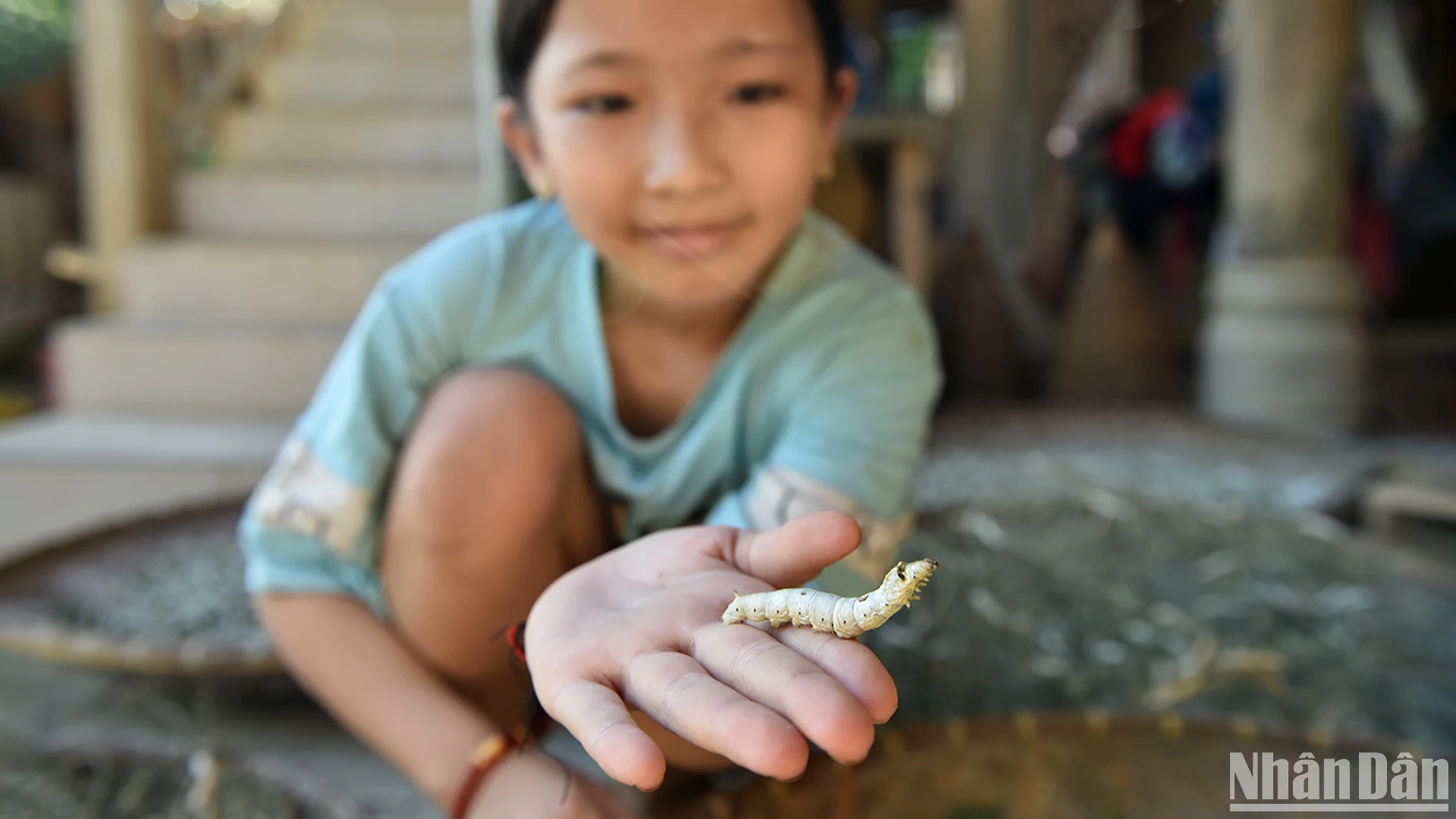 |
A young girl continues her family's career of growing mulberry and raising silkworms. (Photo: VU LINH) |
In recent years, when the demand for handmade, environmentally friendly products has been focused on, the silkworm industry in Hoa Tien village has been “reawakened”. People grow more mulberry trees and raise more silkworms in a year to increase their income. This is not only a positive sign for livelihoods but also affirms the sustainable value of a long-standing traditional profession.
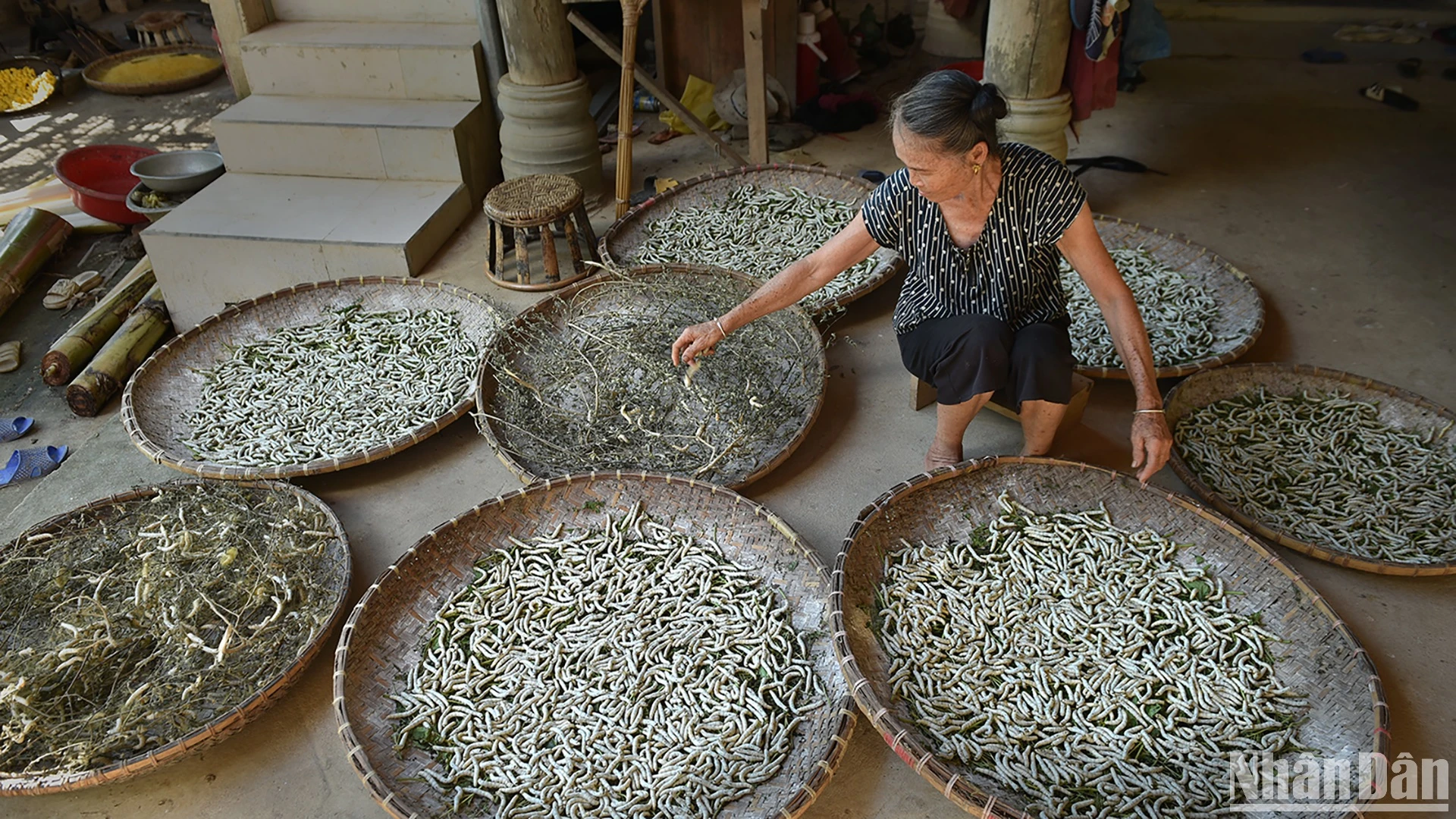 |
Reviving silkworm farming in Hoa Tien village. (Photo: VU LINH) |
According to the people in Hoa Tien village, taking care of mulberry and raising silkworms is not too complicated but requires diligence and hard work. Each batch of silkworms lasts about 20 days from incubation to maturity. Silkworms are raised in a high, airy, windless house on stilts. Each day of silkworm age corresponds to a different diet and care regimen. The stage when silkworms are free to eat is the time when they eat the most. Silkworm keepers must feed them four to five times a day. When the silkworms are ready to make cocoons, people put them in a cocoon and arrange them carefully so that the silkworms can spin silk.
 |
Hoa Tien villagers persistently keep their profession. (Photo: VU LINH) |
Each beautiful, golden cocoon is the result of more than 20 days of continuous care. From the cocoons, people can reel silk and weave it into traditional silk thread.
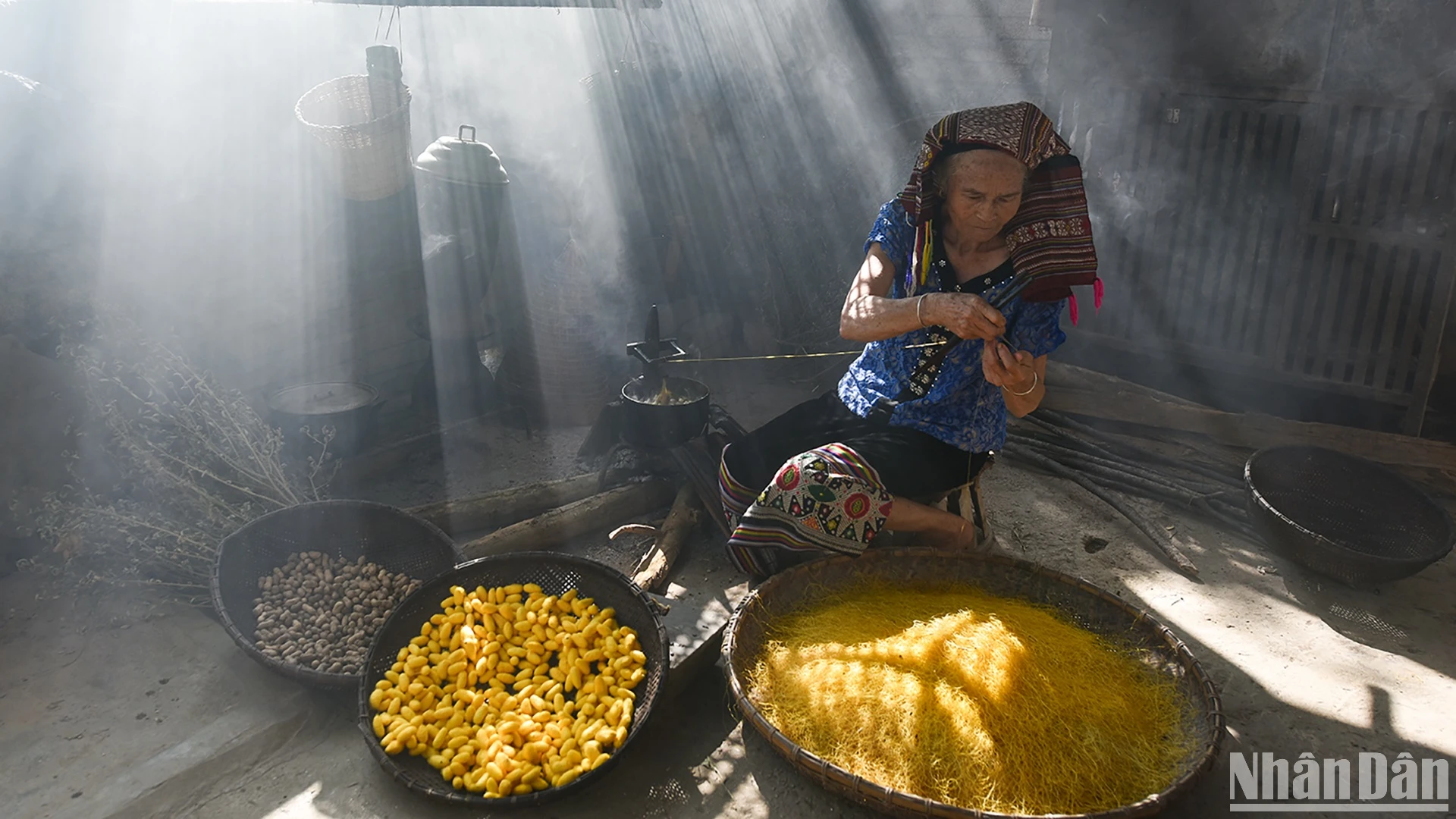 |
Mulberry growing and silkworm raising are traditional occupations in Hoa Tien village. (Photo: VU LINH) |
Mulberry cultivation and silkworm rearing for the Thai people in Hoa Tien village is not only a livelihood but also a part of the lifestyle and customs that have been attached for generations. Each mulberry tree and silkworm tray here encapsulates the memories of the community, the diligence, hard work and lifestyle in harmony with nature of the people.
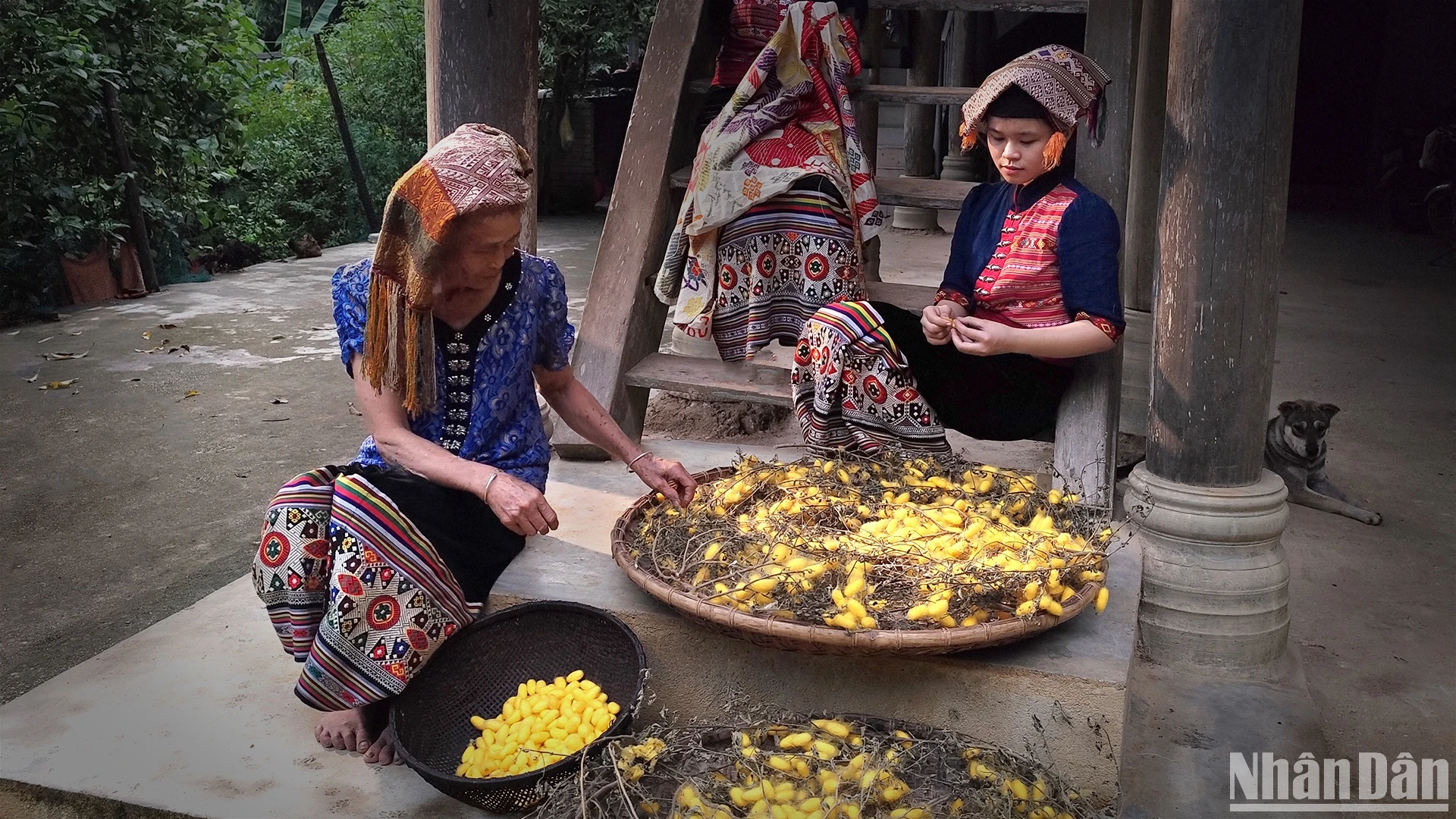 |
The lasting value of a long-standing traditional profession. (Photo: VU LINH) |
Although the pace of life changes every day, Hoa Tien village still retains the breath of the old ways and old profession. Preserving the silkworm craft is not only to preserve traditional living habits and production methods, but also to open up a direction for connecting and developing community tourism , participating in the domestic and international handicraft market.
Source: https://nhandan.vn/ben-bi-nghe-tam-tang-o-mien-xanh-hoa-tien-post879459.html


![[Photo] Ca Mau "struggling" to cope with the highest tide of the year, forecast to exceed alert level 3](https://vphoto.vietnam.vn/thumb/1200x675/vietnam/resource/IMAGE/2025/11/04/1762235371445_ndo_br_trieu-cuong-2-6486-jpg.webp)

![[Photo] Panorama of the Patriotic Emulation Congress of Nhan Dan Newspaper for the period 2025-2030](https://vphoto.vietnam.vn/thumb/1200x675/vietnam/resource/IMAGE/2025/11/04/1762252775462_ndo_br_dhthiduayeuncbaond-6125-jpg.webp)
![[Photo] Ho Chi Minh City Youth Take Action for a Cleaner Environment](https://vphoto.vietnam.vn/thumb/1200x675/vietnam/resource/IMAGE/2025/11/04/1762233574890_550816358-1108586934787014-6430522970717297480-n-1-jpg.webp)

![[Photo] The road connecting Dong Nai with Ho Chi Minh City is still unfinished after 5 years of construction.](https://vphoto.vietnam.vn/thumb/1200x675/vietnam/resource/IMAGE/2025/11/04/1762241675985_ndo_br_dji-20251104104418-0635-d-resize-1295-jpg.webp)


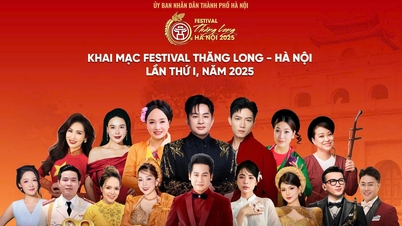


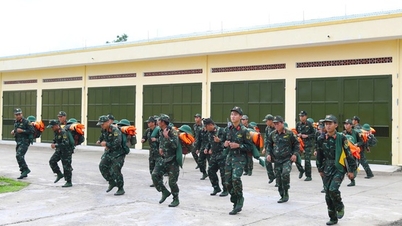







![[Photo] Prime Minister Pham Minh Chinh chairs the 20th meeting of the National Steering Committee on combating illegal fishing.](https://vphoto.vietnam.vn/thumb/402x226/vietnam/resource/IMAGE/2025/11/04/1762267178314_dsc-0115-jpg.webp)
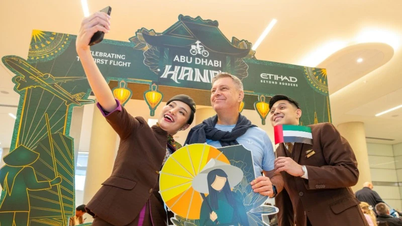



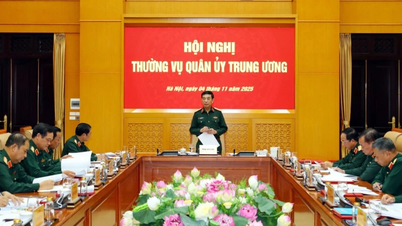





































































Comment (0)